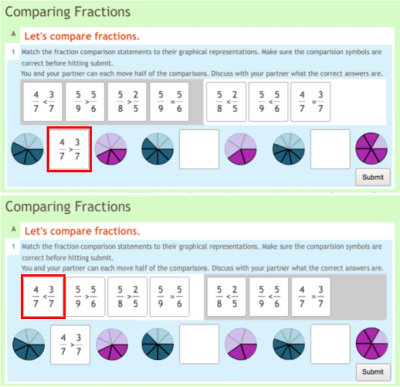HCII Ph.D. Jennifer Olsen Recognized as Siebel Scholar

Jennifer Olsen, a fifth year Ph.D. student in the Human-Computer Interaction Institute (HCII), will be joining five other Carnegie Mellon University students as a recipient of the 2017 Siebel Scholarship. Olsen, whose research focuses on advanced learning technologies, will receive a $35,000 award for her final year of studies.
The Siebel Scholarship History
The Siebel Scholarship was founded in 2000 by the Siebel Foundation as a means to recognize academic excellence and demonstrated leadership in graduate students with backgrounds in business, computer science, bioengineering, and most recently, energy science. Each year, over 90 graduate students from prestigious universities across the globe are selected. Olsen, who has resoundingly demonstrated both a commitment to academic excellence and impressive leadership skills, joins a rich community of over 1,100 awarded entrepreneurs, researchers and scholars who are dedicated to collaboratively advancing our society.
Social Significance of Learning Technologies
During her five years as a student, Olsen has completed a prolific number of studies and publications in the learning technologies field, despite the heavy workload accompanying studies conducted in school settings. Olsen's own work investigates an important research gap: while past research shows students can learn more effectively from both collaborative and individual learning activities, almost no research empirically tests this. Olsen's work investigates in what ways collaborative and individual learning can be combined to enhance student outcomes, and how these learning activities can be tailored to each specific student's own strengths and weaknesses. Her research is some of the first in this space.
To test her hypothesis, Olsen extended an intelligent tutoring system (ITS) proven in individual learning to support a blended collaborative and individual learning approach. Students work with a partner to collaboratively solve a learning activity. Though both students work at their own computer station, they have a shared digital working environment, as shown in the included picture. The tutor provides each student with separate actions, as indicated by the grey box indicating their partner's information. Students must work together to find the correct solution, rather than select the fractions entirely on their own.
Olsen has tested her collaborative tutor in four pilot studies and three experiential studies, with overwhelmingly positive results. Not only is the collaborative ITS able to effectively help students (grades 4-5) learn, but her collaborative learning activities have led to even more efficient learning than the individual activities.
For her thesis work, Jenny will investigate how her student modeling method could be a useful tool that teachers can use to have their students dynamically alternate between individual and collaborative learning activities. The implications of this work extend beyond fraction learning, and as a research-based principle, are relevant to the much larger domain of education in learning environments like MOOCs, online course and other face-to-face learning activities.
To learn more about Olsen's work, you can visit her tutoring system, which is freely available on the Mathtutor website (https://collaboration.tutorshop.web.cmu.edu/).

